4 vital ways you can cook and stay fed during a power outage – planning ahead is a must, say professional survivalists
You can still cook when the utilities are out in your home with the right know-how
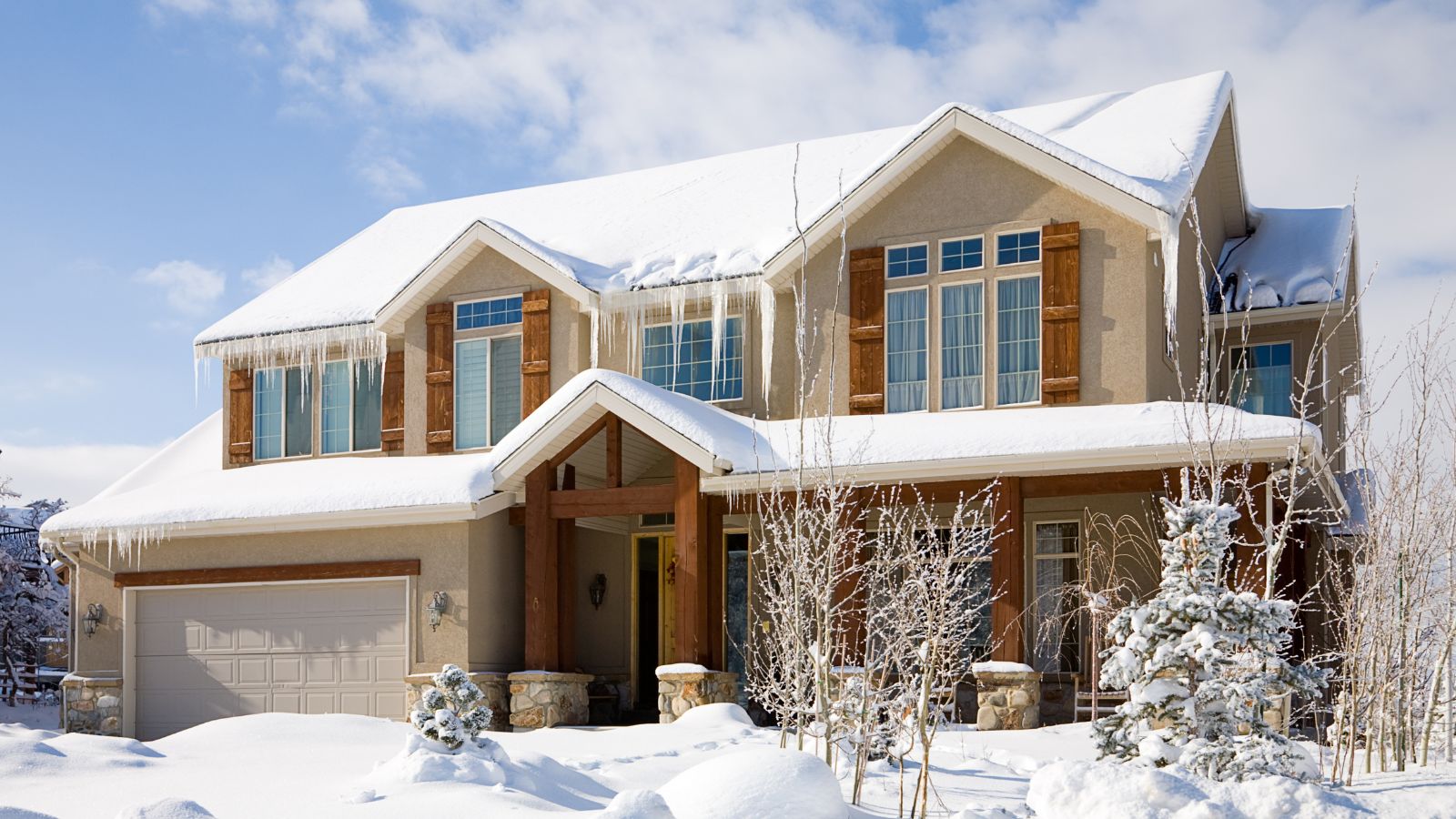

With inclement weather, natural disasters and infrastructure issues always a real threat, would you know how to cook and stay fed during a power or gas outage?
Whether you’re facing short, medium or longer-term disruption, our survival experts say being prepared, having the right supplies and knowing how to create safe cooking environments out of natural resources will keep you fed and well. Plus, they recommend nifty portable cooking equipment and gadgets they swear by.
These great tips and easy to follow instructions will come in handy when preparing your home for an emergency.
Is it necessary to prepare for gas and power outages?
At least one in four US households experiences a power outage annually, and with natural disasters more likely due to increasing climate change, it is wise to be prepared. This can mean preparing your home for a power cut, a thunderstorm, big freeze, a flood, or getting your house ready for hurricane season.
To leading survivalist Christian Schauf, who is an emergency preparedness expert and founding CEO of Uncharted Supply Co, planning ahead should be a priority for all.
Christian says, ‘Investing in a way to source drinking water, cook food, stay warm, create shelter, and provide first aid should be at the top of everyone's list. I always tell people that good emergency products are likely expensive when you buy them, but priceless when you need them.’
There are lots of brilliant and helpful products available out there, but we also have easy and simple tips that won’t break the bank or require enormous effort ahead of time.
Design expertise in your inbox – from inspiring decorating ideas and beautiful celebrity homes to practical gardening advice and shopping round-ups.
Laura Zerra, primitive survival expert adds, ‘Being able to meet your basic needs without electricity or gas is an absolute must for every person in America. From natural disasters to human-caused events, our power grid is far from infallible. Having your physical needs met during a worst-case scenario will let you have the mental space to deal with whatever other problems should arise.
‘The best time to prepare is always before an emergency, but in a worst case scenario, there’s still options!’
1. Have shelf-stable products in the house
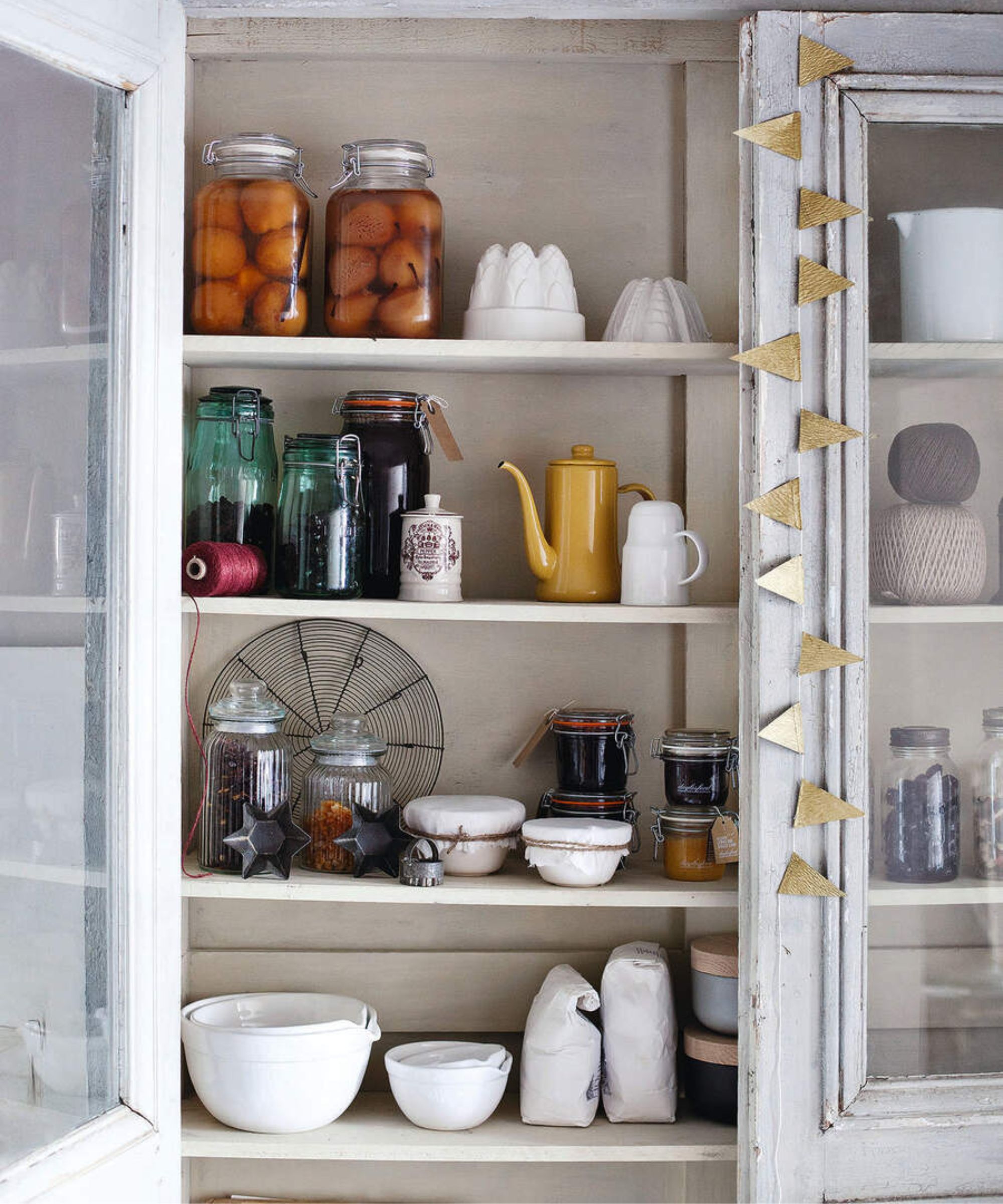
If your power or gas outage is short, having shelf-stable products, which don't need refrigeration, on hand will likely be enough to get you fed and through the disruption.
Christian explains, ‘I think more about food preservation vs the ability to cook. Fire is always a fairly easy thing to create, and while it may not be gourmet, you can get calories in. But keeping a freezer full of meat cold without power should be your first focus. If that proves too difficult, given your living situation, be sure to have plenty of food on hand that is shelf stable. Items such as peanut butter, canned or vacuum-sealed meats, freeze dried fruits and vegetables are good examples.’
Laura Zerra, primitive survival expert says, ‘I keep a stash of freeze dried meals, such as Peak Meals [available at Amazon] with me. In a pinch, you can even add cold water to the meals and although it takes several hours, they will rehydrate and still be tasty.’
2. Cook over open fire
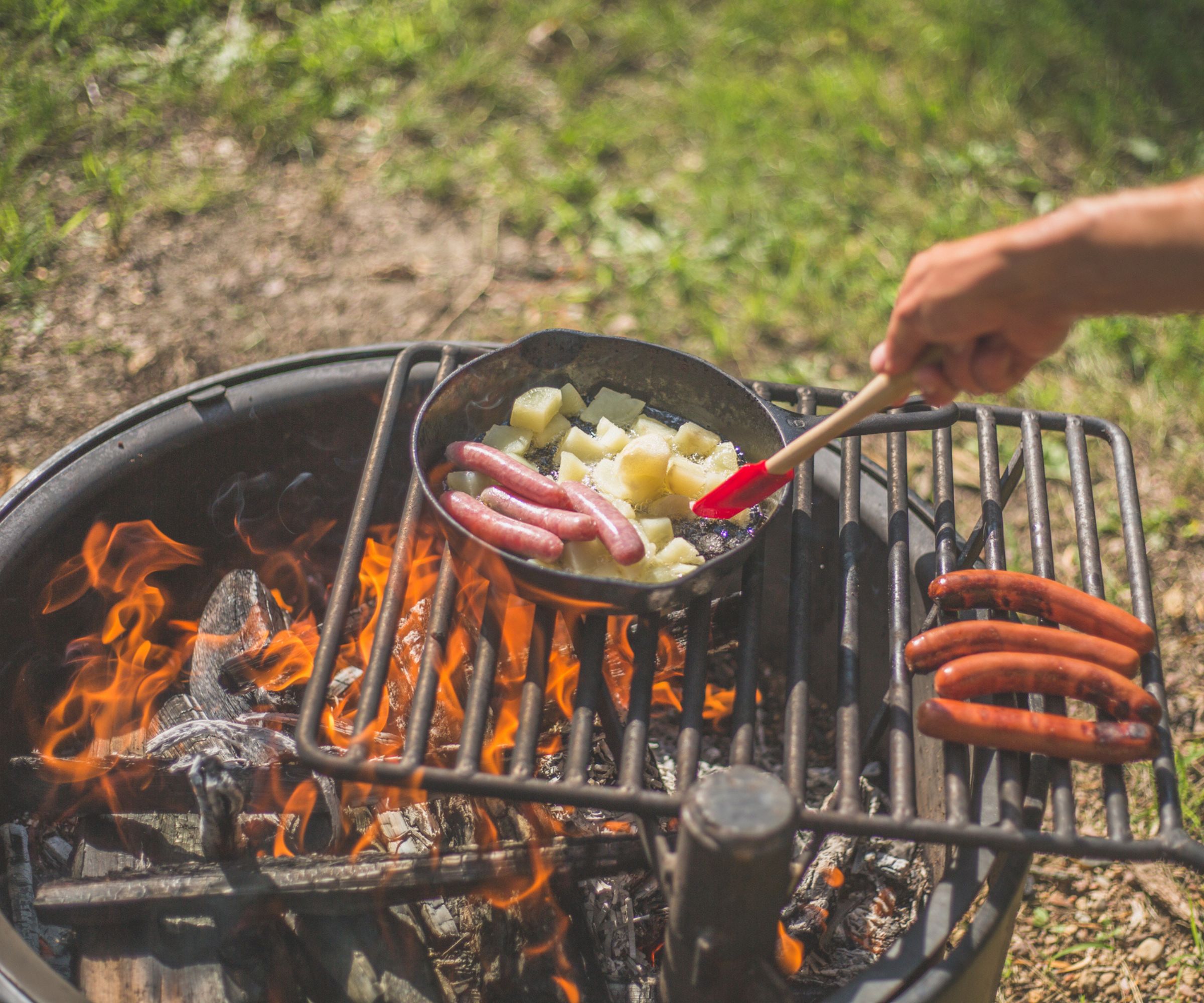
You can always fire up your gas or charcoal-fired best grill, or create a small cooking area using rocks.
Survivalist Christian has an easy step-by step if you’ve never done this before:
- Find a flat area away from anything that can burn such as trees or grass.
- Place non-porus rocks, such as river rocks, in a circle about 2-3 feet in diameter, or put them in a U shape so you can feed wood in more easily from the opening.
- Get a fire going in the middle. You can use kindling, firewood and other regular methods to get it started.
- If you have a grate to put over the fire (consider fetching one from your oven or BBQ), that's easiest for cooking, but you can also get the rocks extremely hot and cook food, such as a steak, right on top.
If you use coals, survivalist Laura adds, ‘I recommend letting the fire burn down and keeping a good bed of coals. You can wrap a lot of foods in tin foil, such as potatoes, and throw them right in the coals to cook faster.’
Steaks can take anywhere between 5-20 minutes to cook.
When cooking fish on an open fire, it can take between 10-20 minutes to cook, depending on how hot your fire is, and how thick the fish is. An easy litmus test is when the fish flakes or comes apart easily with a fork.
When cooking chicken on an open fire:
- Spatchcock: Cook for 45-60 minutes, tenting with foil
- Rotisserie: Cook for 2-2.5 hours, turning every 8 to 10 minutes
- Hanging: Cook for 4 to 5 hours, with the breast closest to the fire for the first hour
- Thighs: Cook for 30-40 minutes over indirect heat, turning occasionally
- Breast: Cook for 5-10 minutes per side. The thicker it is, the longer it needs.
Before consuming, check all juices run clear and the meat is cooked through, especially in its thickest part. Chicken on bone takes longer to cook and over an open fire, it’s harder to know exactly how hot the heat is so proceed with caution.
Head of solved Punteha van Terheyden adds, ‘When I started cooking with an air fryer, I bought a meat thermometer, available on Amazon, to make sure we didn’t get ill while I got used to the reduced cooking times vs a conventional oven. You can use one for checking your fire-cooked chicken, pork, beef, or fish.’
Safe to eat internal temperatures:
- Poultry:165° Fahrenheit
- Fish/pork: 145 °F
- Beef: Well done 155°F, medium 145°F, rare 135°F
Pro Laura adds, ‘A camp stove not only allows you to cook and heat food efficiently, but to boil water in case it needs purification. I always have a JetBoil stove [available on Amazon] in my house as well as in my car for emergencies on the road.’
3. Use your vehicle’s power outlet
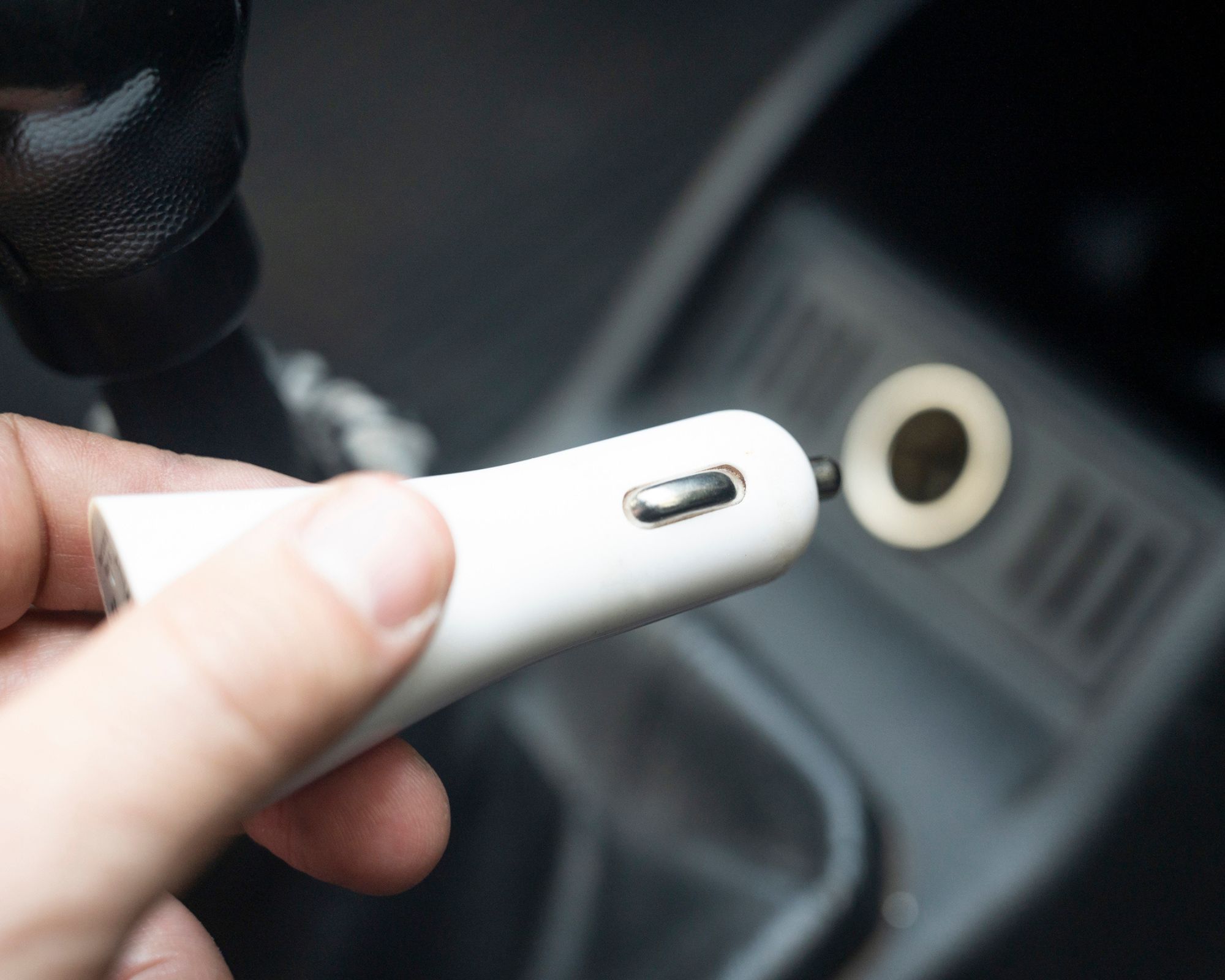
It might not be the first thing to spring to mind for wild cooking, but the humble household car and it’s built-in power supply is easily overlooked.
Christian explains, ‘Most vehicles have 12v plug-ins that can power cooking devices. Creativity is going to be crucial in an emergency situation, so consider what you have around you and make it work. I live in the mountains, and a popular accessory is a hot dog cooker, which is essentially a small metal container that attaches to your snowmobile engine muffler. It takes the heat you're already making, and provides a cooking solution.
All prices correct at time of publication.
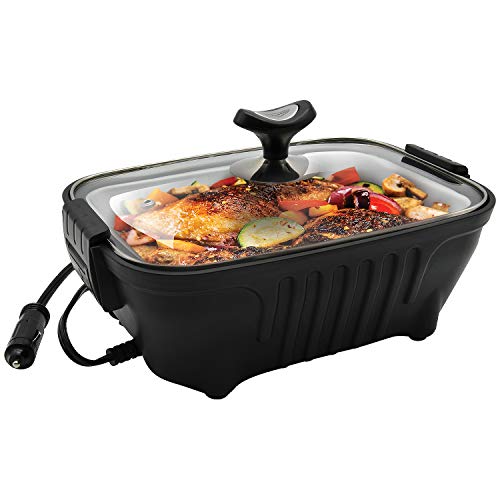
Cook or reheat foot in this roadside roaster, which you can plug into your car's 12v port.
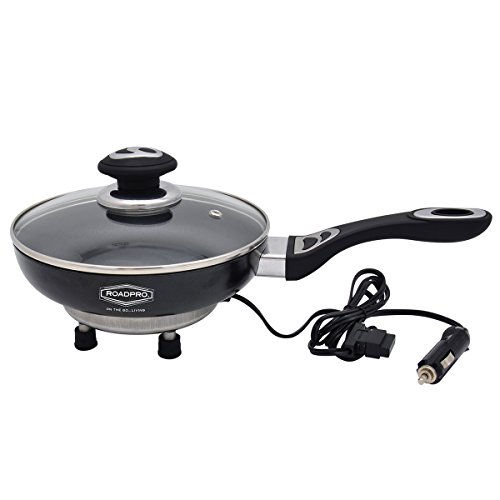
Fry or quick cook food in this small frying pan, which you can plug in directly to your car's 12v charger.
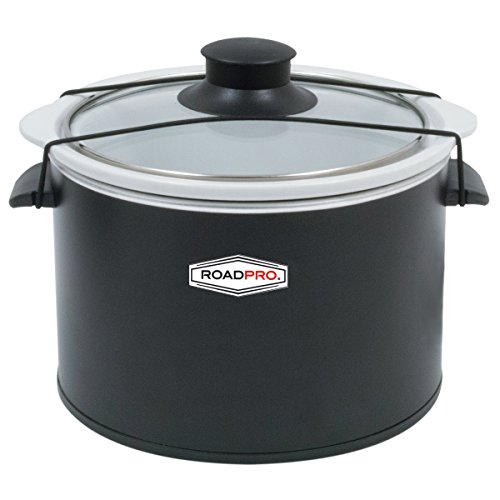
If you're in need of a slow cooker to feed a few more people, use this 1.5 quart 12v cooker.
Christian adds, ‘Being someone who hunts and camps a lot, I have a couple different small propane or isobutane stoves that quickly boil water. The JetBoil stove system [available at Amazon] is probably the easiest and most efficient stove for the layman. That water can be used for cooking or drinking. I strongly recommend everyone has one of these on hand as it'll provide several days of power given how efficient it is.’
4. Use candles
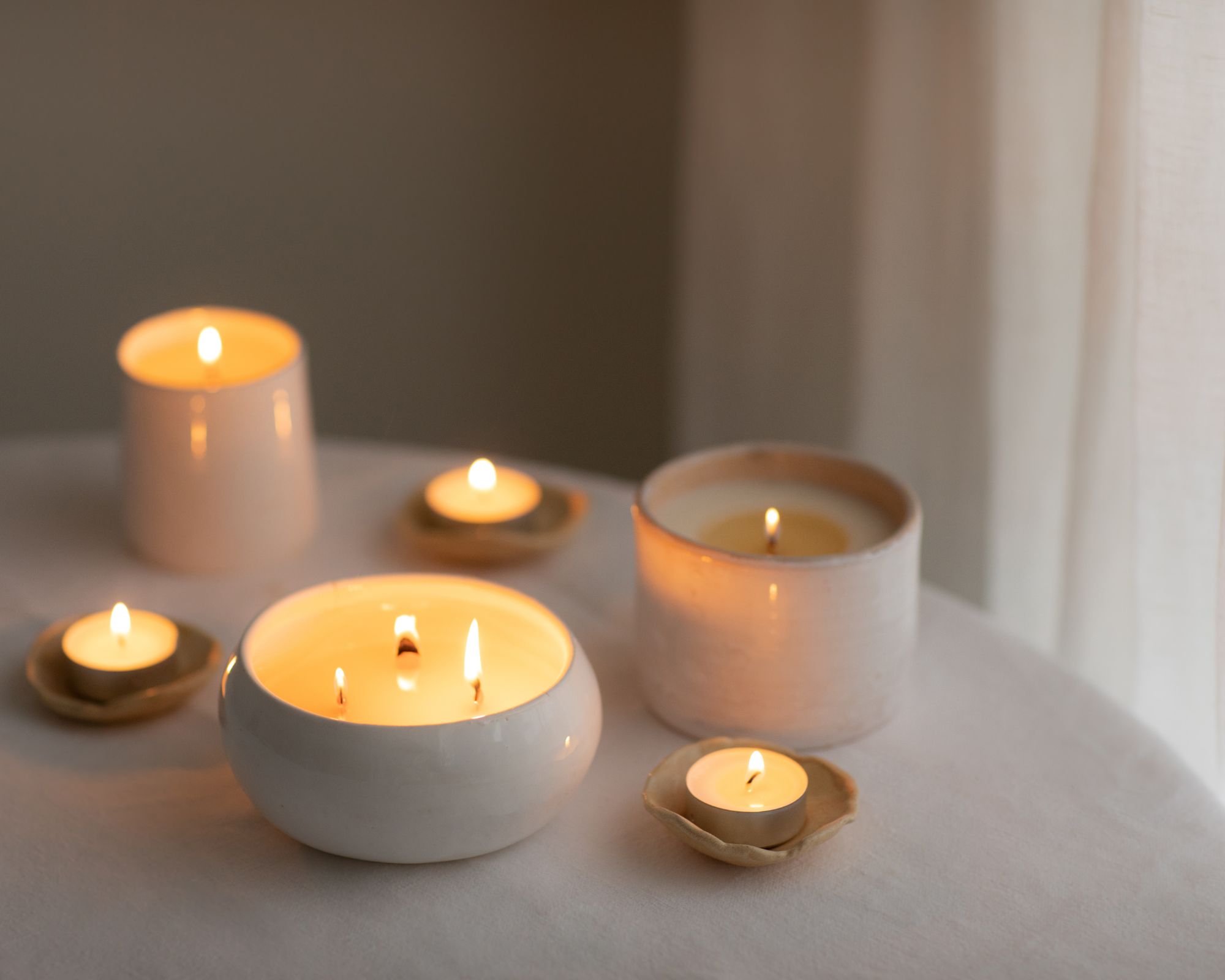
As a last resort, Laura has a suggestion for meat-free foods such as tomato soup. She says, ‘If you don’t have access to an outdoor space where you can have a fire, you can heat foods using several candles. Foods such as canned soup can be warmed up using this method, but the process definitely takes a very long time and the food won’t reach as high of a temperature. I wouldn’t recommend using this method if you have foods that require a certain temperature to safely consume.’
FAQs
Can you use a camping stove indoors?
Laura Zerra, primitive survival pro advises extra precautions. She says, ‘When using any heat source indoors, you have to make sure you have a source of ventilation. Carbon monoxide is a byproduct of using both a camp stove or candles, so even though the likelihood of this gas building up to lethal amounts in a house is very low, I would still recommend using it outside if possible, or at very least opening a window. Additionally, having an open flame inside a house can obviously be a fire risk, especially if you have children or pets, so make sure you don’t leave it unattended!’
This is a good time to check you have installed carbon monoxide monitors in the correct spot at home.
What should you have in an emergency survival kit?
Survival expert Christian has a simple formula to help you prioritize. He says, ‘At the top of our survival kits, we have Air, Shelter, Water, Food. This is based on the rule of 3's. You cannot go three minutes without oxygen, three hours without shelter in an extreme environment, three days without water, or three weeks without food. You should source these things in that order. Many times, people put food at the top of their list, but while you may be hungry, you can operate for a very long time without food.’
Are emergency survival products worth the spend?
Survivalist Christian reckons this is an easy yes. He explains, ‘I always tell people that good emergency products are likely expensive when you buy them, but priceless when you need them. Investing in a way to source drinking water, cook food, stay warm, create shelter, and provide first aid should be at the top of everyone's list.’
It’s not just keeping fed you can prepare ahead for. Do you know how to prepare for a water supply outage so you can stay hydrated, bathe and clean what you need to? You can also stay warm in your home when there is a power outage with our expert tips.

Punteha was editor of Real Homes before joining Homes and Gardens. She has written and edited wellbeing, lifestyle, and consumer pieces for the national press for 17 years, working across print and digital newspapers and magazines. She’s a Sunday Times bestselling ghostwriter, former BBC Good Food columnist and founding editor of independent magazine, lacunavoices.com. Punteha loves keeping her home clean, has tested and reviewed the latest robot vacuums and video doorbells, enjoys cooking, DIY, decluttering and spending weekends improving her newly-built home. Punteha is disabled and in chronic pain, so small, paced projects that bring big impact and make her household run smoothly are her focus.